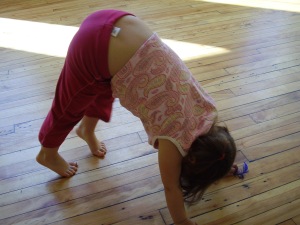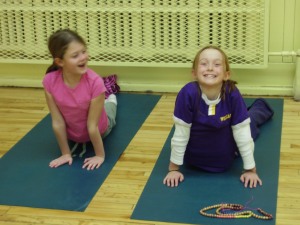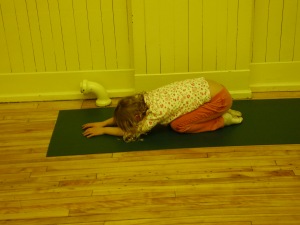The Best Ways to Prepare for Life with a Baby
/The other evening I had the pleasure of attending a Better Beginnings Night at the Ottawa Birth and Wellness Centre. This was an event that reached out to any person looking for more information about pregnancy, childbirth and postpartum resources here in Ottawa. We saw women very close to their due dates, as well as women and their partners planning for pregnancy. There were birth doulas, postpartum doulas, chiropractors, and various businesses offering information and free samples. This got me thinking - what are the best ways to prepare for pregnancy, childbirth and postpartum? I think we all know the more obvious ways to get ready: prep the baby's room, attend regular prenatal appointments with your healthcare provider, and purchase baby supplies. But research has shown that women and partners who are well prepared for the reality of postpartum life tend to fare better in terms of adjustment issues and perinatal mood disorders.
So as your "in-house" doula, I present to you the top tips for preparing for life with a baby (hint....this involves a lot of classes!):
1. Take a prenatal class - one with an actual live teacher. The City of Ottawa now offers a free online course, but research has shown that your interaction with a teacher and/or classmates will enhance your learning. You also want to make sure that the class you choose focuses primarily on labour and birth - stages/phases, physiology, comfort measures for pain and unexpected outcomes.
2. Take a yoga class - start in early pregnancy, and continue practicing as much as possible throughout each trimester. You not only prepare your body for the physical rigor of labour, but you teach yourself relaxation skills (the KEY to having a healthy birth)
3. Take a baby/newborn preparation class - most of us have absolutely no experience with newborns before we decide to get pregnant. In order to be comfortable with all the challenges you will face as a new parent, you need to understand newborn behaviours, sleep patterns (no, newborn babies do not sleep through the night!), and diaper, feed and carry your child.
4. Make a postpartum plan - it sounds silly, I know. "I need a PLAN to parent my child?" Yes, you do...at least in the beginning. You will be shocked at all the little details you hadn't thought of once baby arrives. Who is nearby to give you support? How will you get breaks? Who will cook and clean the house? Walk the dog? If you take time to think about these things before you enter the postpartum phase, you'll feel less overwhelmed.
5. Take time to hang with your friends who have become parents. Ask them questions. Hold a baby, and offer to babysit several times.
The clients I work with who adjust the easiest to postpartum life are the ones who have:
- a lot of family nearby - husbands/partners that can stay home on paternal leave (if this isn't possible due to financial reasons, plan who else you can call on for assistance) - lots of experience with newborns - taken prenatal classes - lower anxiety due to proper physical activity, meditation or relaxation skills, and yoga
Did you adjust well to the postpartum phase? What made it easier on you?








